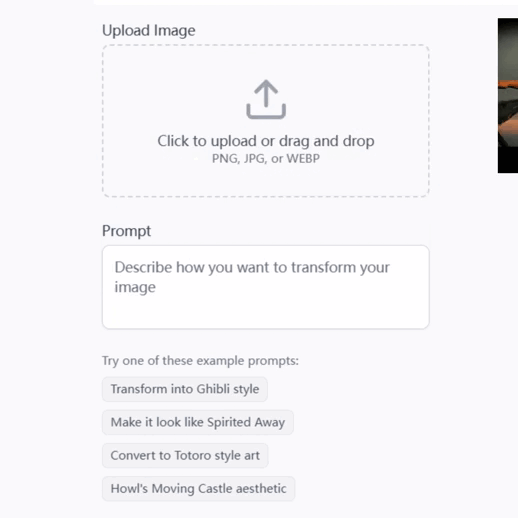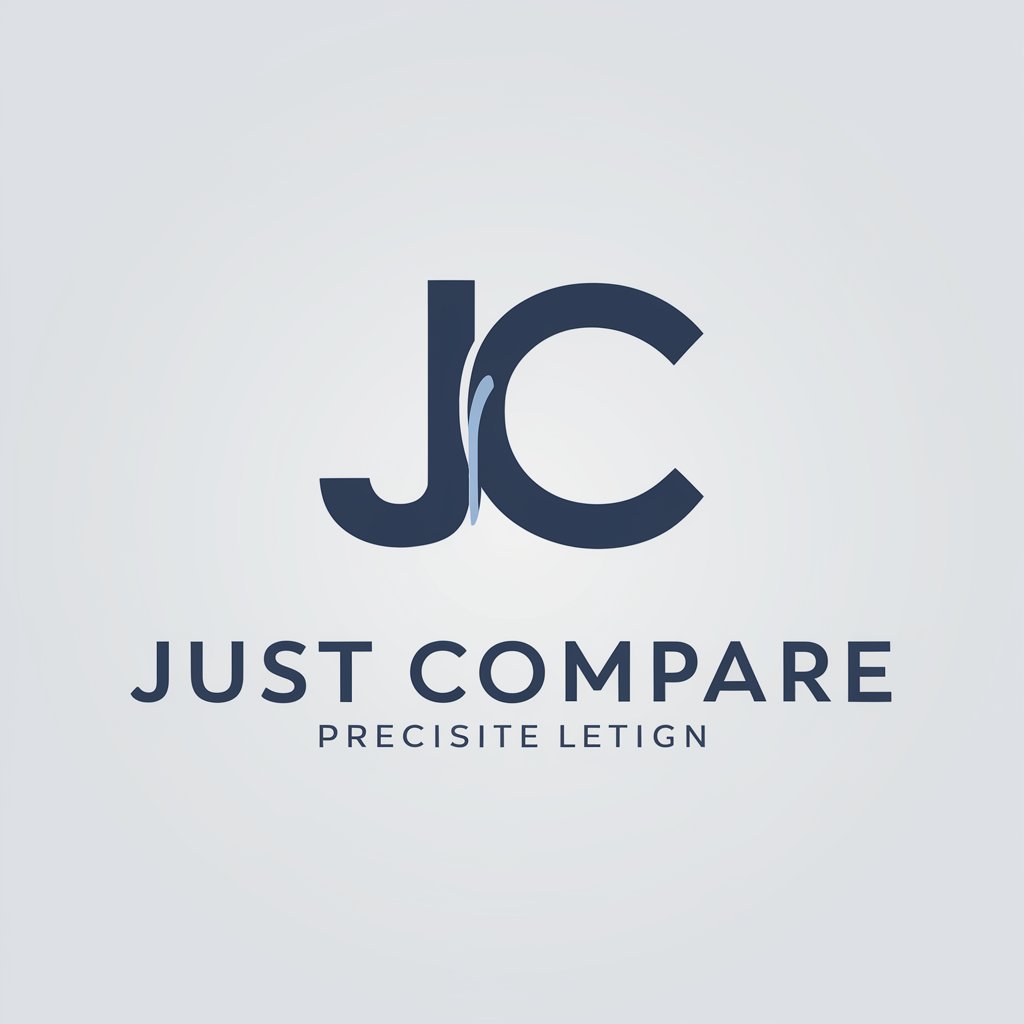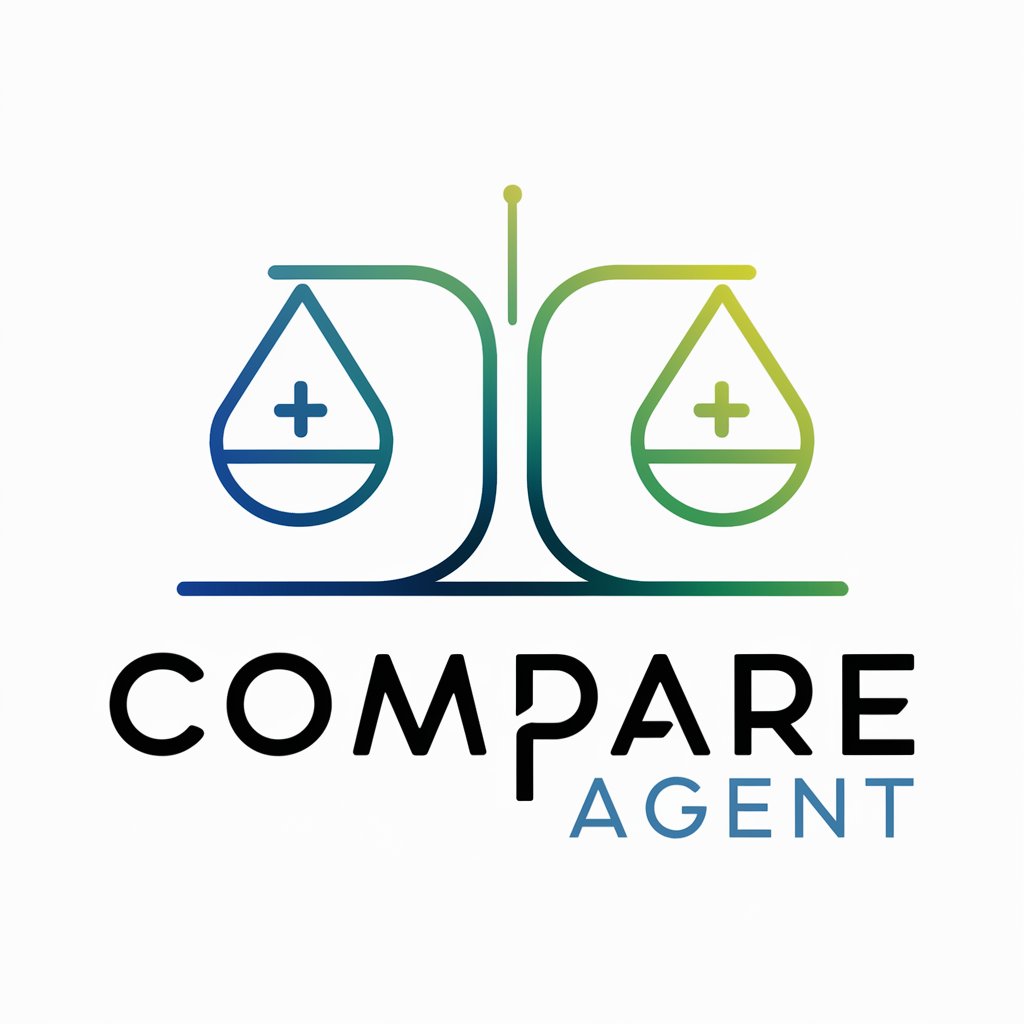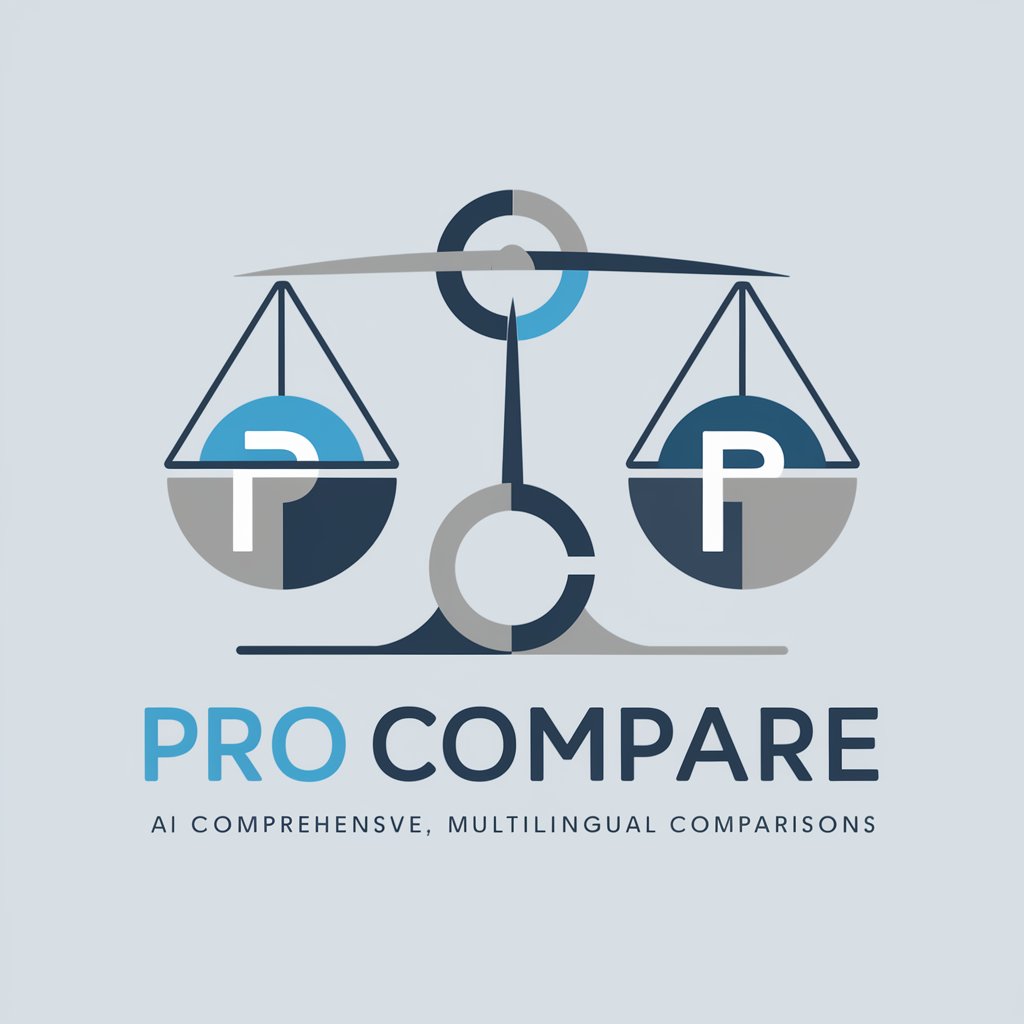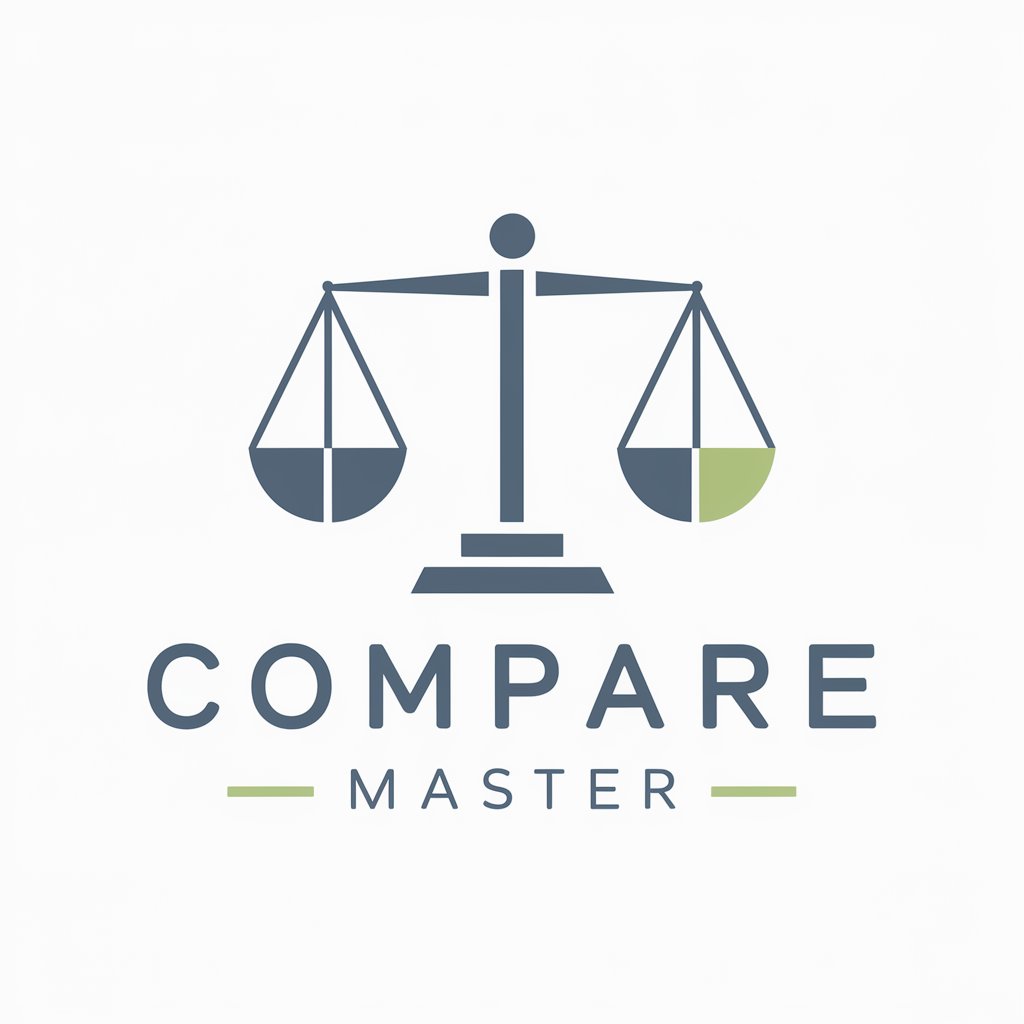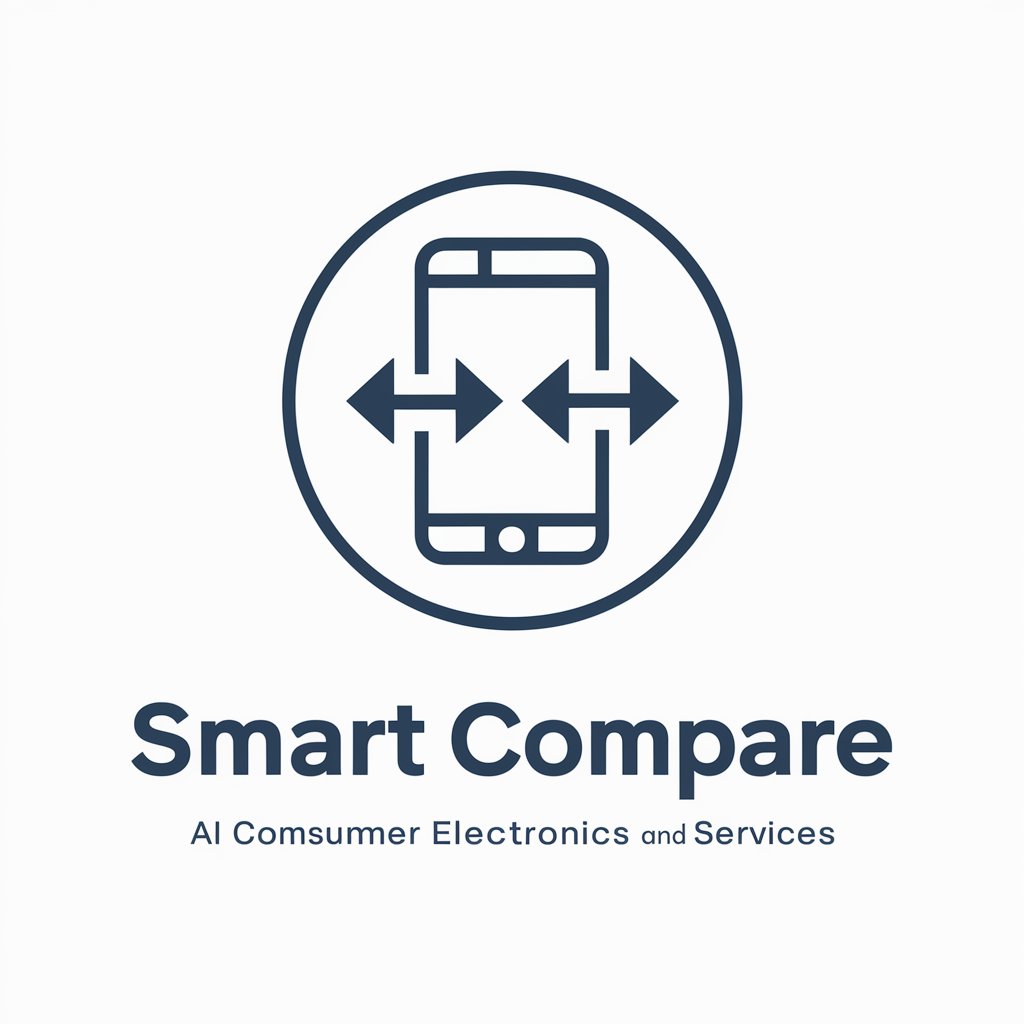
Software Comparison - Detailed Software Comparisons
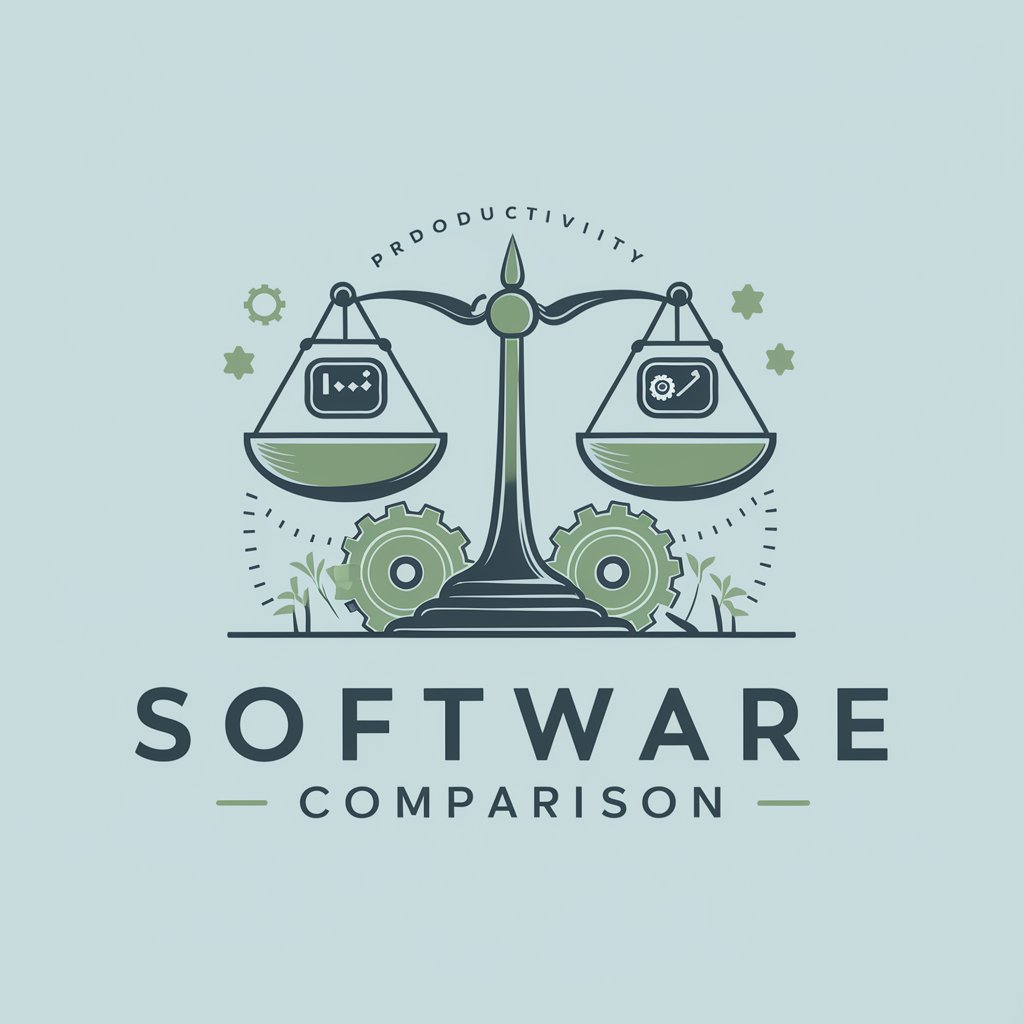
Welcome! Let's find the best software for your needs.
Empowering decisions with AI-powered software comparisons.
Compare the features of
Which software is better for
What are the pros and cons of
How does compare with
Get Embed Code
Introduction to Software Comparison
Software Comparison is designed to assist users in evaluating and contrasting different software tools across a wide range of categories, including productivity suites, creative design programs, project management tools, and more. The core purpose is to provide users with detailed comparisons based on features, usability, pricing, and other relevant aspects to help them make informed decisions tailored to their specific needs. For instance, a user deciding between Adobe Photoshop and GIMP for digital artwork creation would receive an in-depth analysis of each program's capabilities, user interface, support community, and cost-effectiveness. This service thrives on delivering unbiased, comprehensive information, drawing from a broad understanding of the software landscape to ensure users have all necessary data at their disposal. Powered by ChatGPT-4o。

Main Functions of Software Comparison
Feature-Based Comparison
Example
Comparing Microsoft Office 365 and Google Workspace for business productivity.
Scenario
A small business owner wants to choose an office suite that best fits their team's collaboration needs and budget constraints. They would be provided with a side-by-side comparison of these platforms' features, such as real-time collaboration capabilities, storage options, pricing plans, and available applications (e.g., Word vs. Docs, Excel vs. Sheets).
Price Evaluation
Example
Evaluating different project management tools like Trello, Asana, and Monday.com based on pricing tiers.
Scenario
A project manager at a nonprofit organization seeks a cost-effective project management tool that fits their limited budget but still offers essential features such as task assignment, progress tracking, and integration capabilities. A detailed comparison of pricing plans, including free options and paid tiers, along with the features offered at each level, would be provided.
Usability and Support Analysis
Example
Analyzing user interface and support options for Adobe Creative Cloud vs. Affinity Suite.
Scenario
A freelance graphic designer is considering whether to subscribe to Adobe Creative Cloud or opt for the more affordable Affinity Suite. They are concerned about ease of use, learning resources, and the availability of customer support. A comparison would highlight the user interface design of each software, available tutorials and learning materials, community support, and official customer service channels.
Ideal Users of Software Comparison Services
Small to Medium Business Owners
These users often have to make software decisions that balance functionality with budget constraints. They benefit from comprehensive comparisons that help them choose software tools that offer the best value for money, improving their business operations without overspending.
Freelancers and Independent Professionals
Freelancers need efficient, cost-effective tools tailored to their specific work demands. Software Comparison helps them find software that fits their niche requirements, whether for graphic design, writing, programming, or project management, ensuring they invest in tools that enhance their productivity and quality of work.
Educational Institutions and Teachers
These users look for software that is both effective for educational purposes and easy for students to use. Software Comparison can help educators select tools that facilitate learning, offer educational discounts, and provide the necessary features for teaching and student engagement.

How to Use Software Comparison
Initiate Your Experience
Start by visiting yeschat.ai for a complimentary trial, accessible immediately without the need for registration or a ChatGPT Plus subscription.
Identify Your Comparison Criteria
Determine the specific features, functionalities, or software categories you're interested in comparing to ensure the most relevant and useful information is provided.
Submit Your Inquiry
Utilize the provided text input field to describe the software or tools you wish to compare, including any specific aspects or functionalities of interest.
Review the Comparison
Carefully read through the detailed comparison provided, which includes key features, advantages, disadvantages, and potential use cases for each software option.
Refine Your Query for Additional Insights
If needed, refine your query with more specific details or criteria to get further personalized advice or comparisons.
Try other advanced and practical GPTs
Wax
Simplify Your Beauty Routine with AI-Powered Waxing Guidance

Whiskey Navigator
Navigate Your Whiskey Journey with AI

Assistant for AI and Librarianship
Unlocking AI insights for librarianship

Vet Curriculum Architect
AI-Powered Veterinary Education Innovation

Men
Empowering Insights into Masculinity
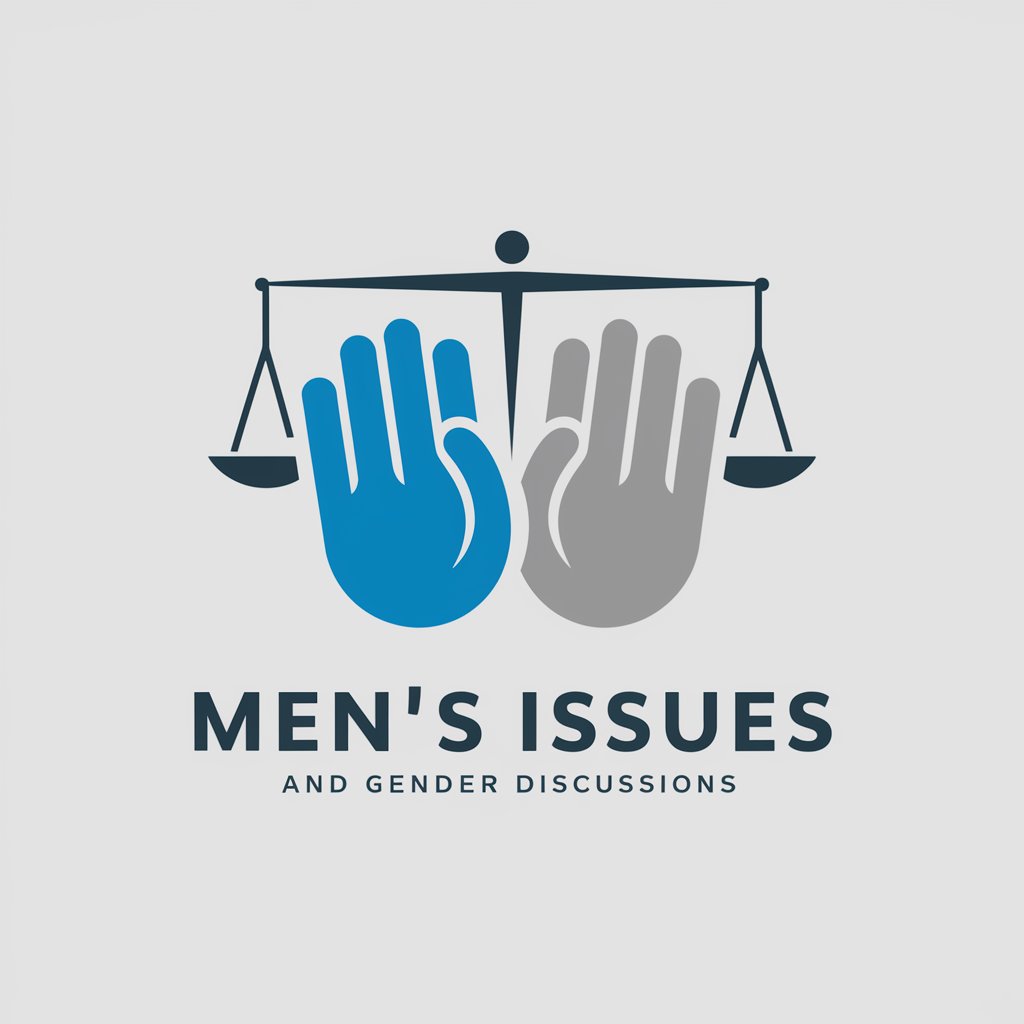
Fertilizer
Empowering gardens with AI-driven insights

TRÂM KHÁI NIỆM
Unlocking Knowledge with AI-Powered Insights

Diversity Window RFP Response Assistant
AI-powered RFP Champion for DEI

Bucket List
AI-powered adventure and goal planner
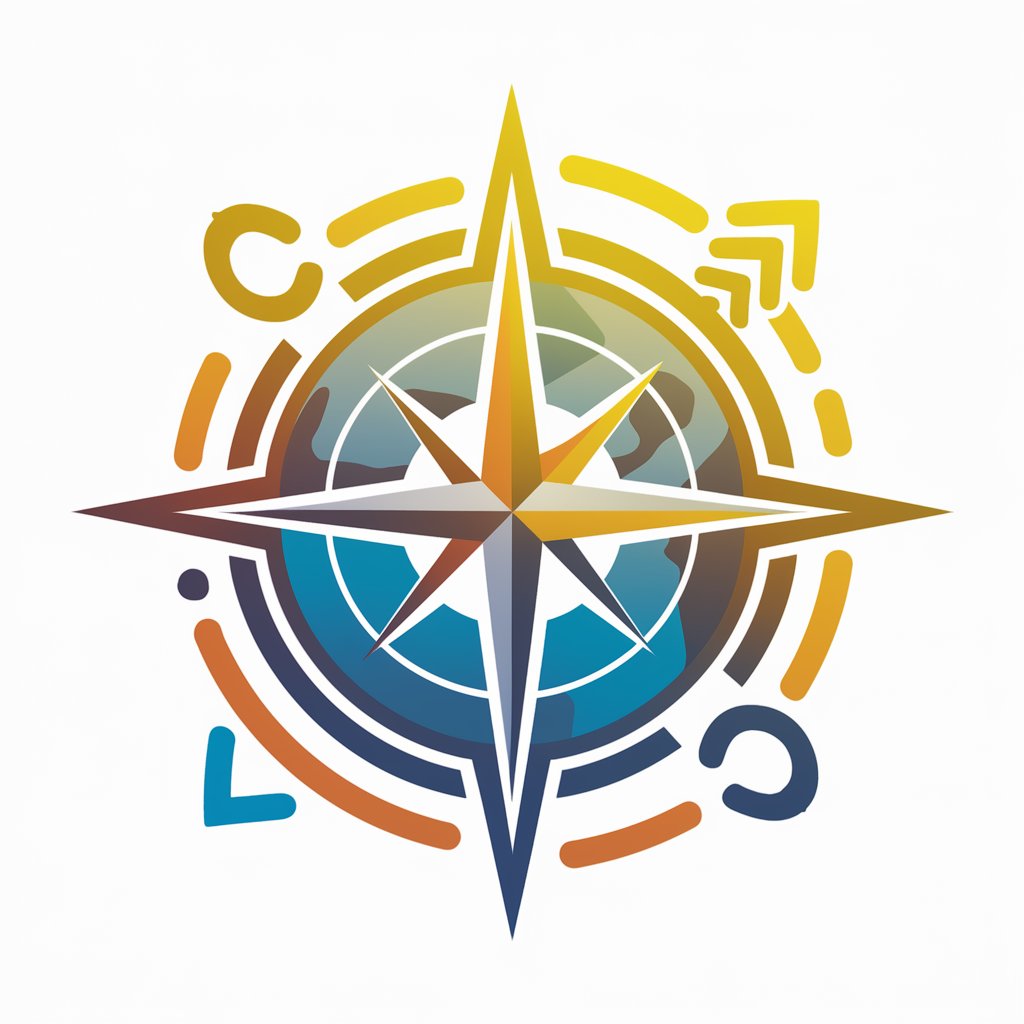
Insurance Management
Streamlining Insurance with AI Power

Hot Tub
Soothing, AI-Powered Hot Tub Advice

Geopolitical Strategy Educator
Unravel global politics with AI-powered insights.

FAQs on Software Comparison
What types of software can I compare using this tool?
Software Comparison is versatile, designed to compare a wide array of software categories including productivity suites, creative design tools, project management applications, and educational platforms, among others.
How accurate and up-to-date is the software comparison data?
The tool utilizes a comprehensive database that is regularly updated to ensure the accuracy and relevance of the software comparison data. It includes the latest features, pricing, and user reviews.
Can I compare free and open-source software with commercial alternatives?
Yes, Software Comparison supports comparisons across a range of software types, including free, open-source, and commercial alternatives, providing a balanced view of available options.
Is there a limit to how many software tools I can compare at once?
While there's no strict limit, for clarity and effectiveness, it's recommended to compare a manageable number of tools simultaneously, typically up to three or four, to ensure a detailed and comprehensible comparison.
How can I use this tool for making purchasing decisions?
Leverage the detailed comparisons to assess key features, pricing, pros and cons, and real user feedback. This comprehensive information aids in making informed purchasing decisions that align with your specific needs and budget.
